Les scientifiques croient que 8.8 millions de tonnes de plastique se retrouvent chaque jour dans nos océans. Le plastique à usage unique représente plus de 40 pour cent des déchets plastiques et cela endommage notre planète. Le plastique a de nombreux avantages et c'est pourquoi nous l'utilisons pour les casques de vélo, airbags de voiture, récipients alimentaires, biberons, seringues et plus. Alors le plastique est-il une mauvaise ou une bonne chose pour notre monde?
Audiences can screen Director Shayna Zaidi Gupta’s short film, Plastique: Méchant ou Héros (organisée par LXL Ideas), on the Planet Classroom Network YouTube Channel this month.
In Gupta’s stop-motion film, a girl and her grandma embark on a journey to uncover the whole truth about plastic.
La recherche globale pour l'éducation welcomes Director Shayna Zaidi Gupta.
What inspired you to make this animated film about the realities of plastic?
Bien, I always saw articles on how harmful plastic is for the environment and how it is the ruin of the earth. The one thing everyone associated with plastic was: BAD. But then, I also saw plastic being used literally everywhere. Its properties are conducive to almost every industry and it is an essential part of our day-to-day life. Encore, we continue to blame plastic for environmental degradation. je veux dire, it’s just a material with its advantages as well as disadvantages. Si, I wanted to make a film about this weird disconnect between these two ideas.
Dans le film, you outline some solutions to the problem, like the separation of waste. What other kinds of easy solutions do you believe people should try?
I think we just need to know that even though plastic is not the enemy, it still can harm the environment if misused. So we just need to be careful and conscious about how often we use plastics for something where it isn’t needed. Par exemple, using several disposable cups when you could have been using a single reusable one the whole time. Aussi, there are numerous ways in which you can reuse and recycle used plastics creatively.
Please talk about the experience of using stop motion. Do you believe it was effective in your storytelling process? What was the reasoning behind showing the process of your animation at the end of the film?
I find stop motion to be an extremely fun medium to work in, especially when I have no one to act in my film. You don’t need actors, you can just use puppets. In this film though, it was effective in the storytelling process as the puppets themselves were made from bits of plastic I found around the house. And I wanted to highlight this at the end of the film to show that plastic can be used for good and this is one example.
In your final statement you say misuse is the real problem in dealing with plastic. What are the main takeaways you want from your audience for this film?
I wanted to make people understand that plastic is just a man-made material. Just a material on its own is not capable of polluting rivers and oceans. We have to be doing something wrong for it to be doing so. The main takeaway I want for the audience is that we cannot keep blaming a non-living substance for environmental degradation. We have to accept that the problem is its misuse and do something about it. Plastic cannot harm us if we don’t let it.
Thank you Shayna!
C.M. Rubin and Shayna Zaidi Gupta
Don’t Miss Director Shayna Zaidi Gupta’s short film, Plastique: Méchant ou Héros (organisée par LXL Ideas), en cours de projection sur la chaîne YouTube du Planet Classroom Network.

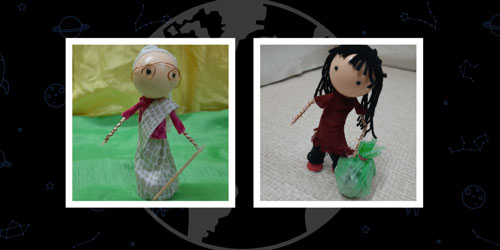
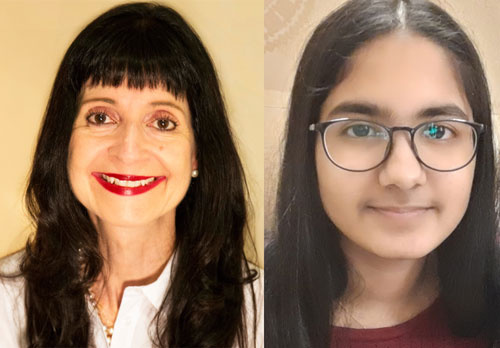
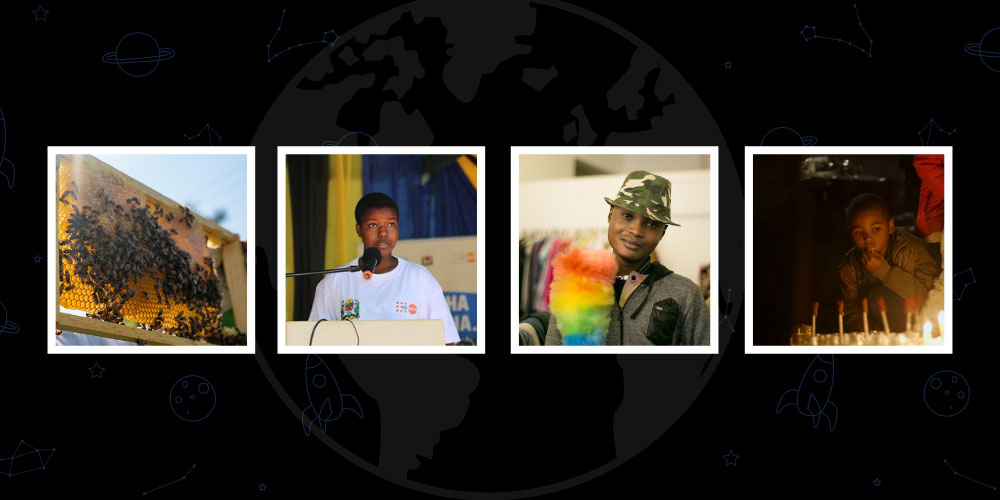
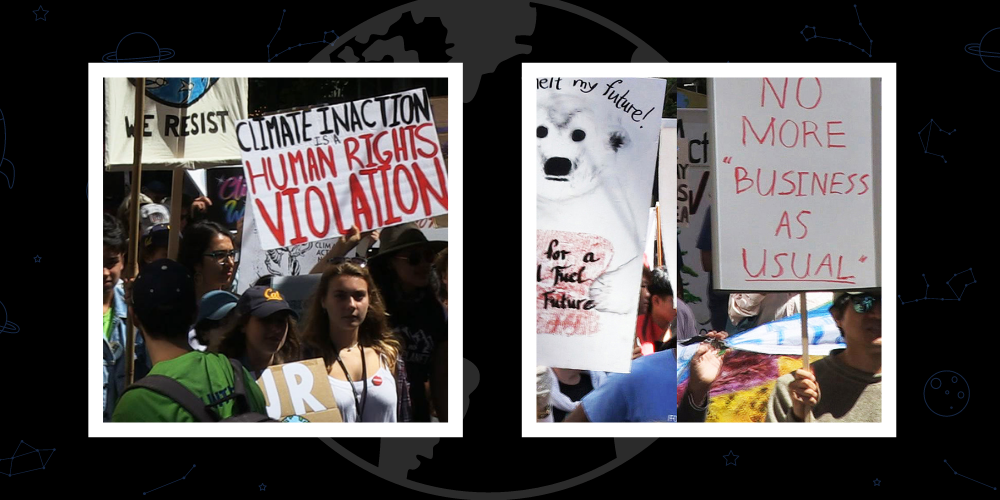
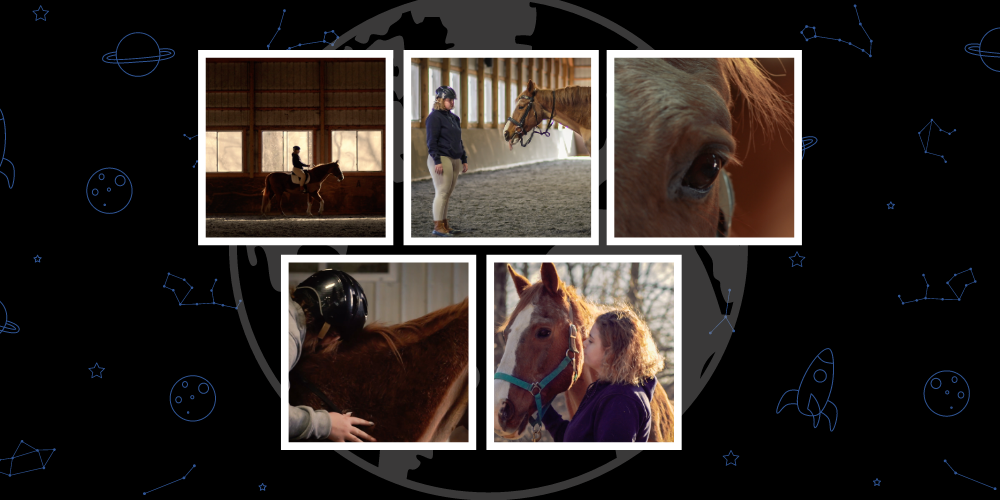
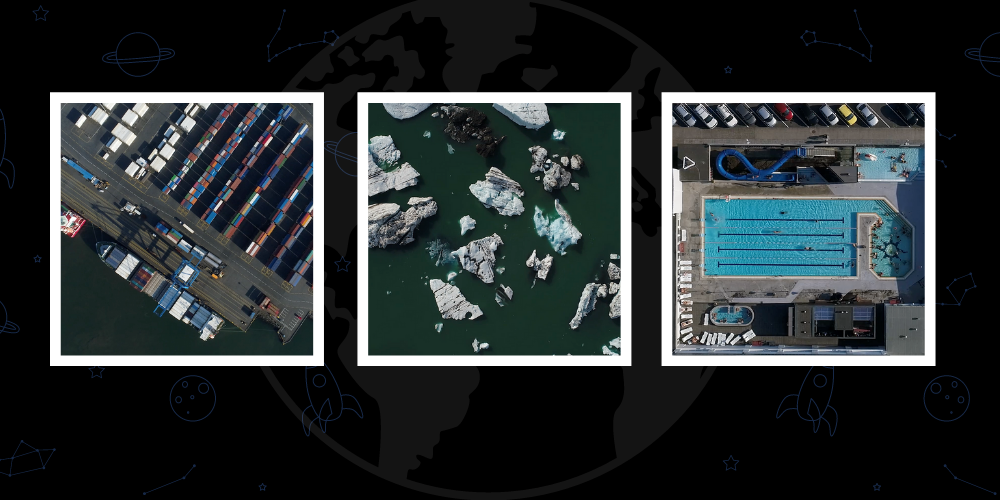
Commentaires récents